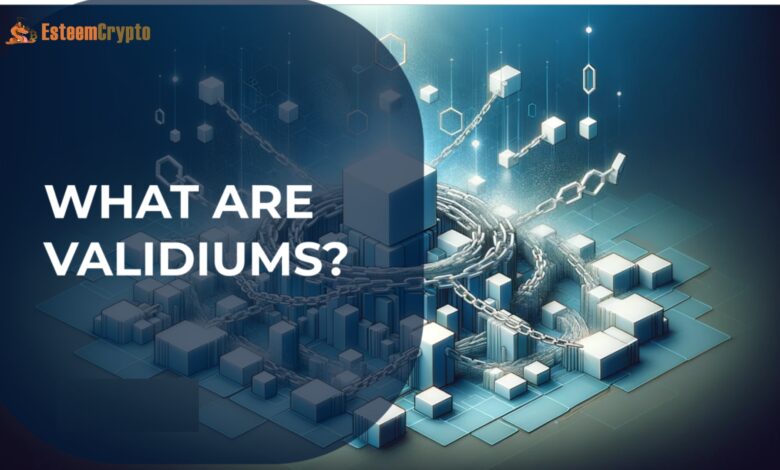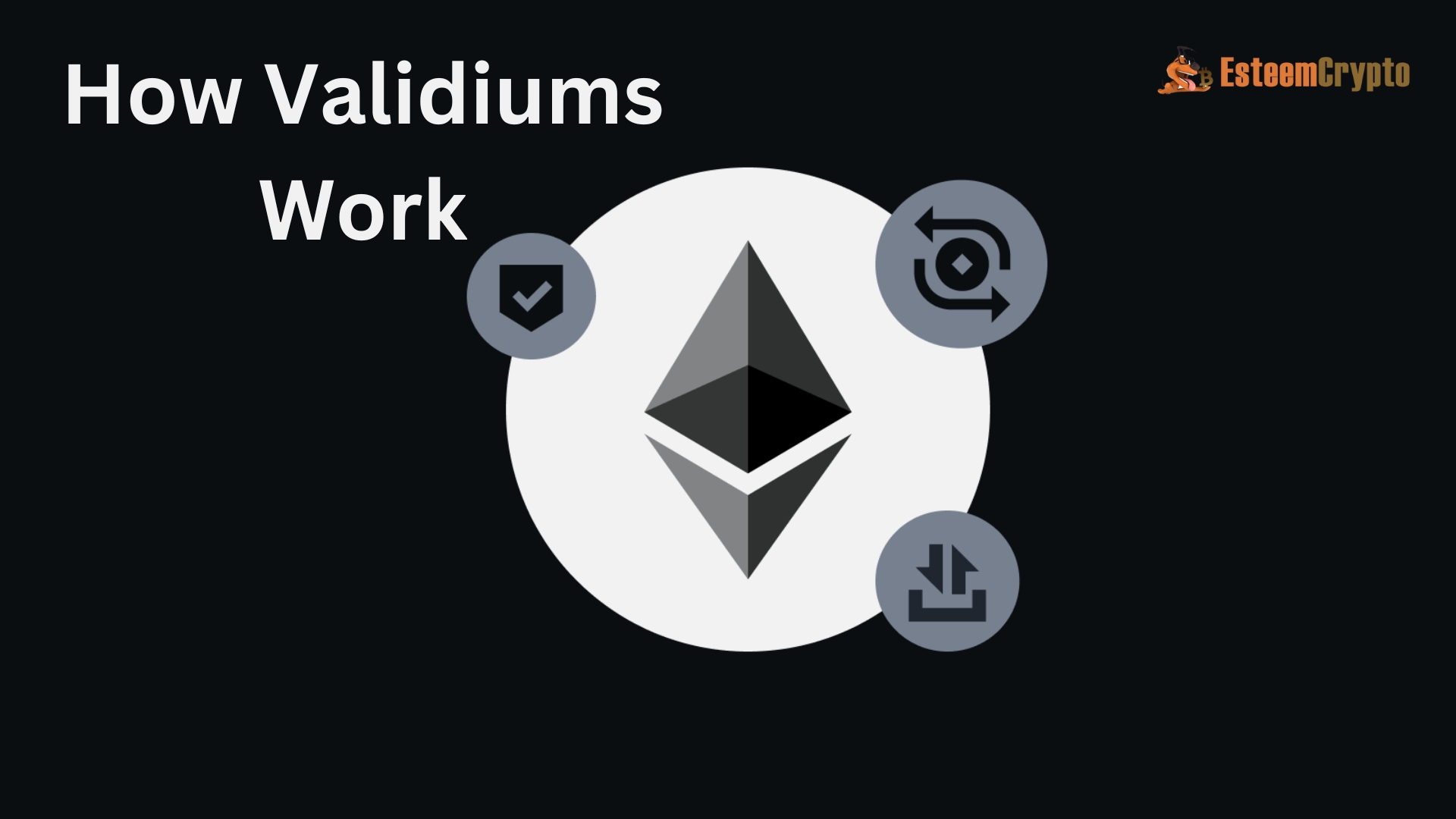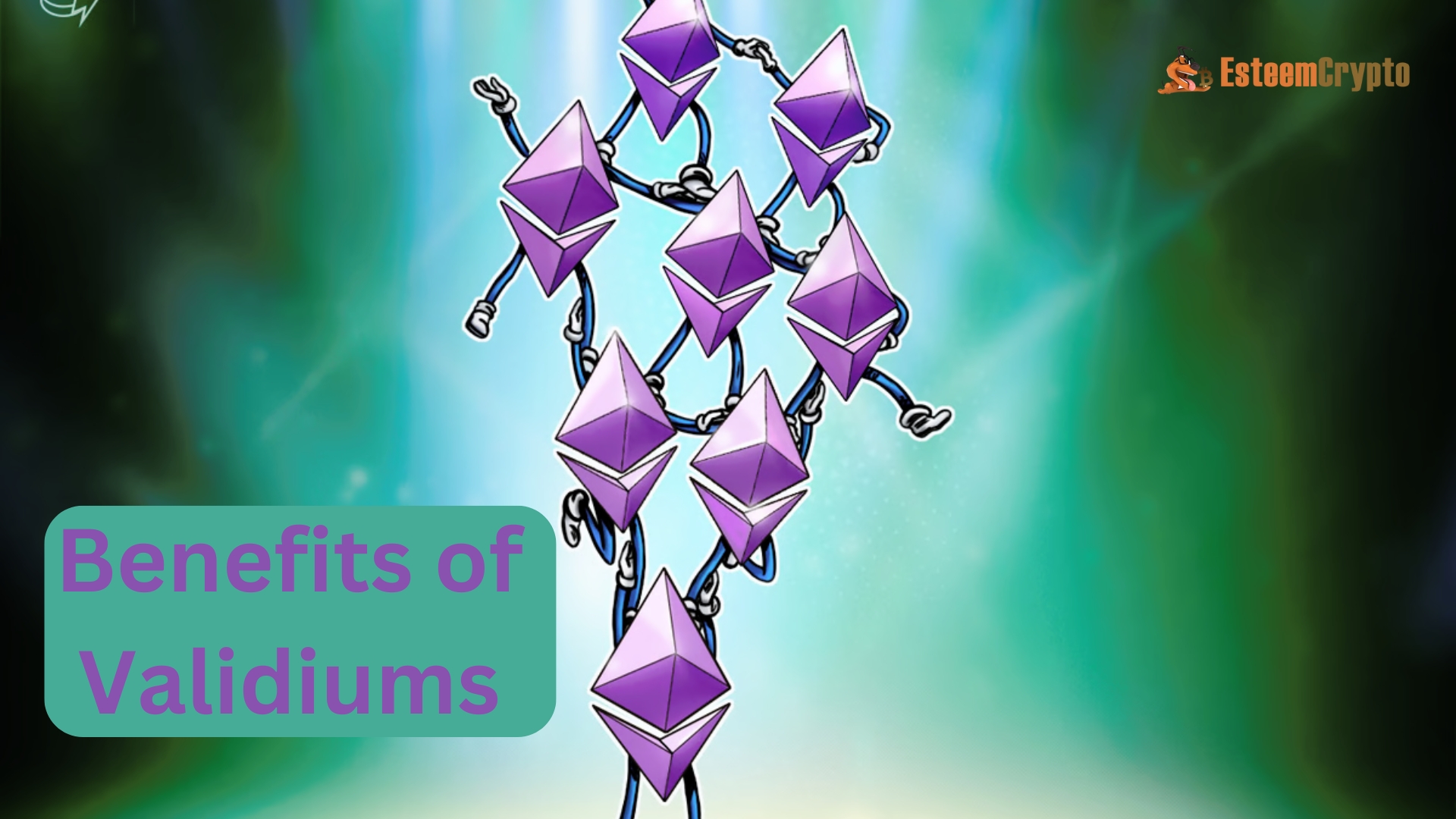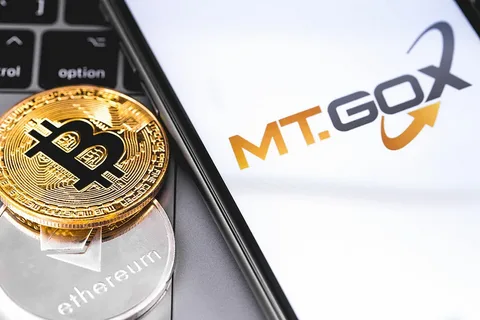What are Validiums?: A Complete Guide By Esteemcrypto

Validiums, a layer-2 scaling solution, aims to maximize Ethereum’s performance by performing transactions off-chain. By handling most transactions off-chain and only transmitting short proofs to the main net for verification, Validiums significantly lessens the burden on the Ethereum network. Off-chain transaction processing achieves an improved and more economical Ethereum experience, considerably increasing throughput while decreasing congestion on the leading network.
Using on-chain validation of repeated validity proofs ensures that transactions remain secure and uncompromised even when most data processing occurs off-chain. These proofs guarantee that the state transitions adhere to Ethereum’s standards by checking the correctness of the off-chain calculations. Validiums significantly improve scalability and transaction speed by offering transaction data from the main net. This is particularly beneficial for decentralized applications (DApps) and high-throughput systems.
How Validiums Work

Before sending their validity proofs to the Ethereum main net for verification, valiums process and batch transactions off-chain. To improve scalability and streamline transaction processing, Validiums follow a specific protocol. Here are the steps:
Transaction submission
Users initiate transactions by submitting them to the validity operator responsible for managing the off-chain transaction processing.
Batching and off-chain processing
The operator gathers several transactions and then groups them into batches. Later, these batches are processed off-chain. This off-chain processing substantially enhances transaction throughput compared to processing each transaction independently on the main net. Operators are crucial to managing lithium chains. They are in charge of gathering transactions, grouping them into batches, and then creating zero-knowledge proofs to verify these batches.
Proof generation
For validations to function, zero-knowledge (ZK) proofs are necessary. After a transaction has been processed, the operator will create ZK-proofs. These cryptographic proofs show that the off-chain computations were done appropriately and that the resultant state transitions adhere to the Ethereum network laws. Importantly, ZK-proofs safeguard privacy by not revealing any details about the transactions themselves, which allows them to accomplish this.
Proof verification
Along with a state commitment—a cryptographic depiction of the off-chain system’s current state—the produced ZK proofs are uploaded to the Ethereum main net. The smart contract on the main net verifies that the proofs are valid. This verification step guarantees the security and finality of the transactions by confirming that the off-chain calculations are accurate and that the altered state complies with the requirements of the blockchain.
How Validiums Rely on Ethereum’s Mainnet for Security
Validiums perform transactions off-chain, but the Ethereum mainnet nonetheless protects them. The Ethereum mainnet receives ZK proofs and state commitments generated by operators. This submission guarantees the verifyability and security of offline operations.
To connect these off-chain processes to the mainnet, Validiums use cryptographic proofs, which draw on Ethereum’s robust security paradigm. By integrating the benefits of off-chain processing with mainnet security, Validiums can achieve tremendous scalability while still relying on the Ethereum blockchain to protect the final state and integrity of transactions.
Difference Between Volition and Validium
Layer 2 (L2) scaling options for Ethereum, such as valium and volition, have different data availability approaches. With VolitionMay, they may opt for either off-chain or on-chain data availability for their transactions, giving them more flexibility and security for a little more money. Alternatively, Validium stores all data off-chain, which prioritizes cost reduction and scalability but comes at the cost of significantly lower security when compared to on-chain options.
Rollups vs. Validiums
While both Validium and Rollups are Ethereum L2 scaling solutions, they differ in data accessibility and security procedures. Rollups simplify verification and increase security processing transactions using off-chain while storing data on-chain. However, by storing data off-chain, Validium optimizes for cheaper costs and better scalability with a somewhat reduced level of security. This change affects their cost profiles, adaptability, and safety.
Benefits of Validiums

Faster transactions, lower costs, and improved privacy are just a few of the many benefits Validiums offers, an appealing L2 scaling option for the Ethereum network. There is a significant advantage to their capacity to speed up transaction processing. Faster transaction times and increased network efficiency result from caladiums’ off-chain transaction processing, reducing the Ethereum mainnet’s computational load. Distributed application platforms and high-throughput systems greatly benefit from this capability.
In addition, valiums cut petrol prices in half. Executing transactions is cheaper because most transaction data and computations are done off-chain. Users who often engage with the Ethereum network but are worried about hefty transaction fees will find valiums a cost-effective choice.
In addition, validiums provide an opportunity for improved privacy. Transaction details must not be made public on the Ethereum mainnet because validators process data off-chain. This contrasts with zero-knowledge proofs, which authenticate transactions without disclosing private data. This improved privacy is vital for companies and customers that value secrecy in their blockchain dealings.
Faced by Validium Systems
Validiums’ potential downsides include concerns about data availability and the operator-related hazards of centralization. Data accessibility is a significant issue. Due to the risks associated with off-chain storage solutions, transaction data stored off-chain by validiums could be lost or inaccessible. Because of this, it may become more challenging to confirm transactions and keep the blockchain’s history intact.
Concerns about operator centralization are another possible downside. Operators gather transactions, generate zero-knowledge proofs in a valid system, and submit state commitments to the Ethereum main net. Because of its central position, the system could be vulnerable to operators’ malevolent actions or incorrect performance, leading to a single point of failure. The decentralized spirit of blockchain technology could be undermined if power and trust are concentrated in the hands of a few corporations through reliance on a restricted number of operators. Strong security measures and risk mitigation tactics are essential to overcome these obstacles and guarantee that valium systems can scale securely while preserving decentralization and trust.




